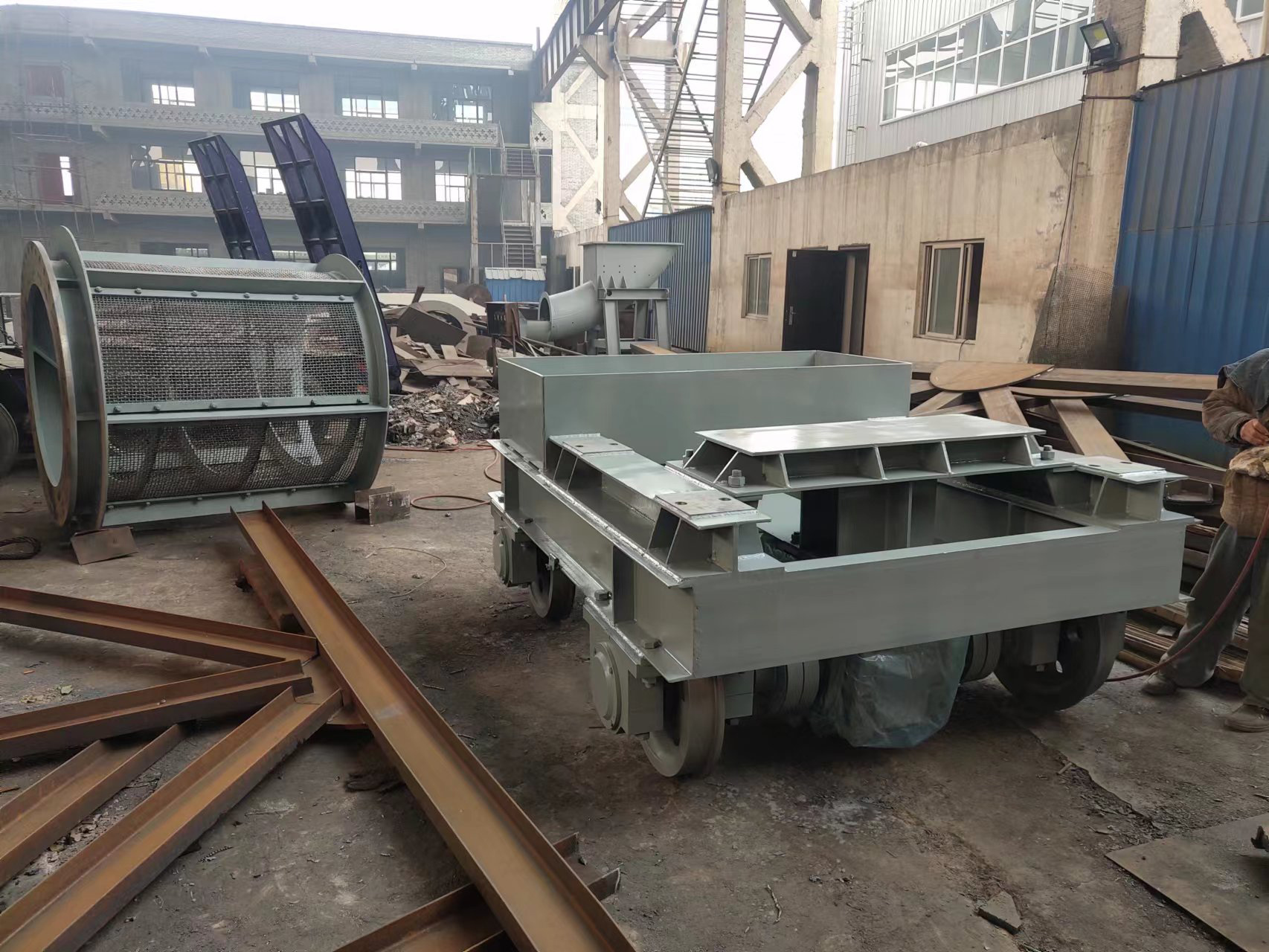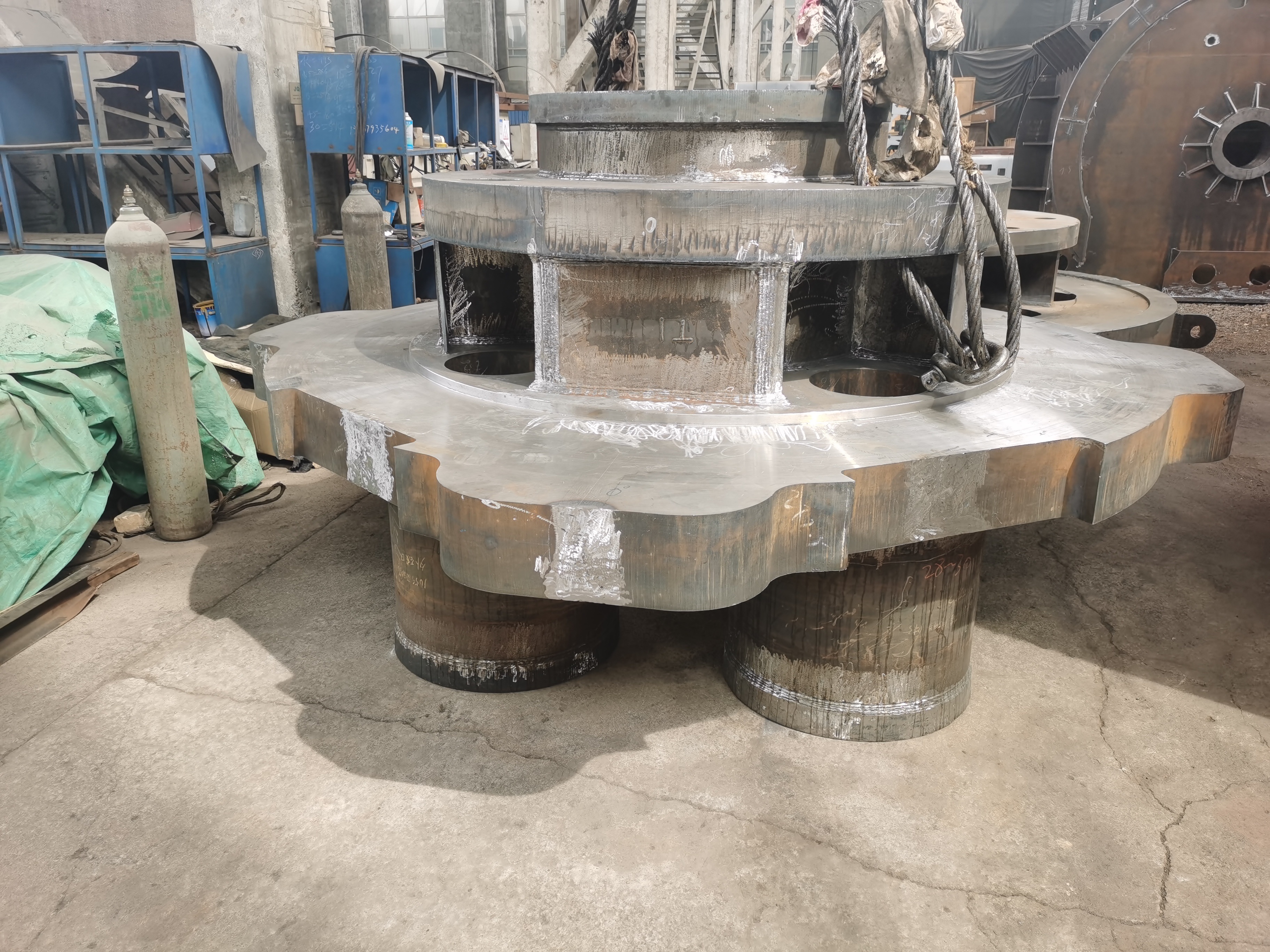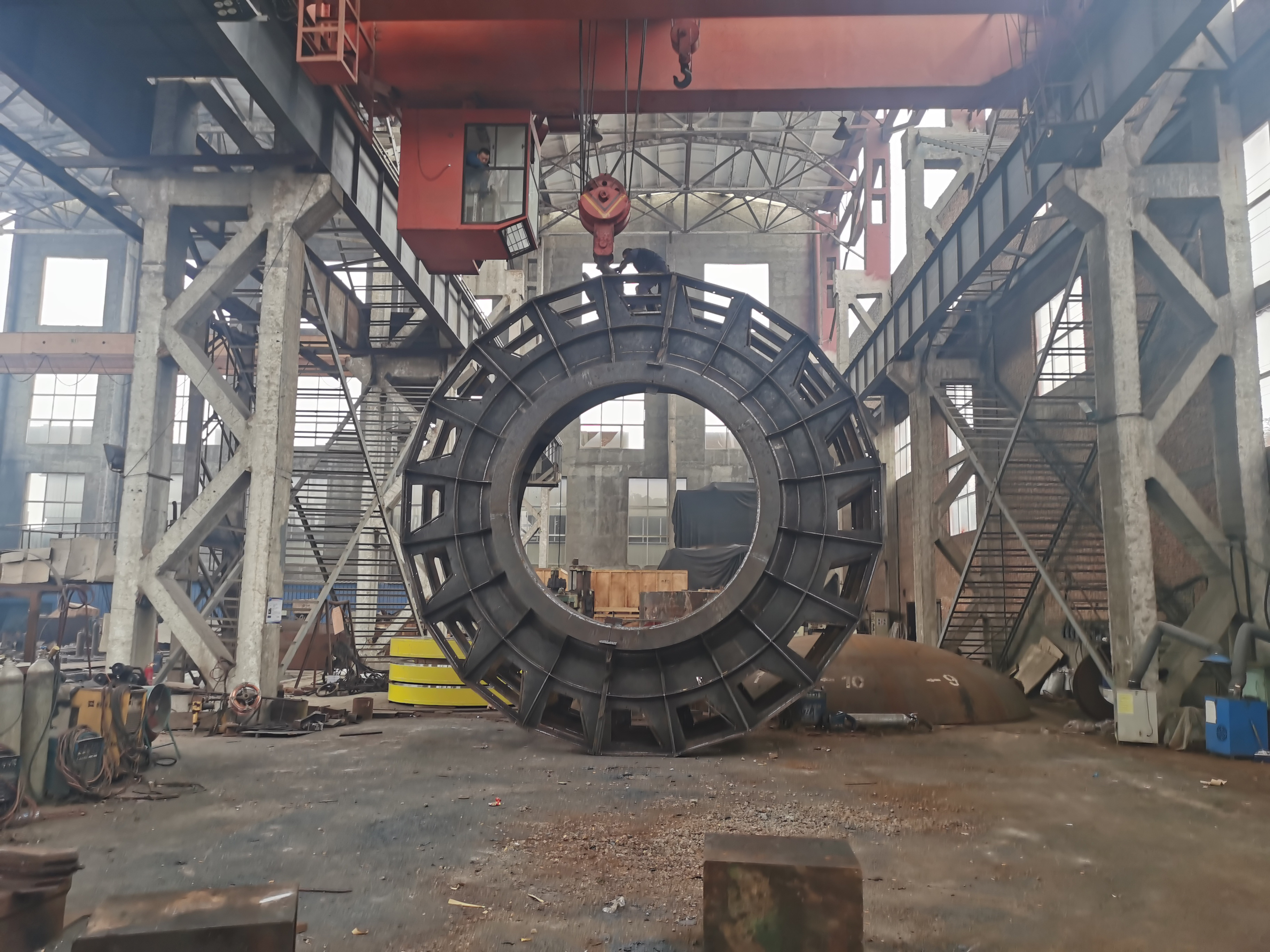Three-roll plate bending machine
Mechanical three-roll symmetrical plate bending machine:
Classification:
Key words: casting and forging
Sales Hotline:
The three-roll bending machine is a device used for rolling metal sheets, with various types and characteristics, widely applied in multiple industries.
Types and characteristics
The three-roll bending machine mainly has the following types:
Mechanical three-roll symmetrical bending machine: The structure is a three-roll symmetrical type, with the upper roll moving vertically up and down at the symmetrical position between the two lower rolls, achieved through screw and worm gear transmission. The two lower rolls rotate, driven by a motor. The disadvantage is that the ends of the sheet need to be pre-bent using other equipment.
Mechanical three-roll asymmetrical bending machine: The structure is a three-roll asymmetrical type, with the upper roll as the main drive, the lower roll moving vertically up and down, and engaging with the upper roll gear through the lower roll gear. The side rolls perform inclined lifting movements, having both pre-bending and rolling functions. The structure is compact, and operation and maintenance are convenient.
Hydraulic three-roll bending machine: An upper adjustable symmetrical three-roll bending machine that can roll metal sheets into circular, arc-shaped, and conical workpieces. The two lower rolls are active rolls, and the upper roll is a passive roll, suitable for large bending machines with a sheet thickness of over 50mm, featuring a pre-bending function for the ends of the sheets.
Working principle and application scenarios
The working principle of the three-roll bending machine is to use the interaction between three working rolls (two lower rolls and one upper roll) to continuously bend the metal sheet through multiple passes, resulting in plastic deformation, thus rolling it into the desired cylindrical, conical, or part of it. The specific working process is as follows:
The upper roll moves vertically up and down at the symmetrical position between the two lower rolls, achieved by the hydraulic oil acting on the piston rod within the hydraulic cylinder.
The lower roll is driven to rotate, engaging the output gear of the reducer with the lower roll gear, providing torque for the sheet rolling.
The three-roll bending machine is widely used in shipbuilding, boilers, aviation, hydropower, chemical industry, metal structures, and machinery manufacturing, suitable for bending deformation of metal sheets, capable of rolling circular, arc-shaped, and conical workpieces within a certain range.
| Soil type of stratum | Soft rock and clay |
| Minimum turning curve radius | 250m |
| Maximum slope | 3.50% |
| Total length | 9m (approximately) |
| Total weight | 370 tons (approximately) |
| Excavation diameter | 6,400mm |
| Outer diameter of front shield | 6,390mm |
| Outer diameter of the shield | 6,380mm |
| Outer diameter of tail shield | 6,370mm |
| Shield tail gap | 45mm |
| Total equipment power | 1650kW (approximately) |
| Maximum excavation speed | 80mm/min |
| Maximum thrust | 42575kN |
| Shield tail seal | 3 rows of sealing brushes |
| Soil pressure sensor | Three, on the earth pressure wall |
| Hydraulic sensor | 4, 1 for each propulsion cylinder group |
| Main bearing life | 10000 hours, according to DIN ISO 281, L10 |
| Maximum work pressure | 3bar |
| Maximum design pressure | 4.5bar |
| Including the total length of supporting facilities | 72m |
Related Products
Consultation
If you are interested in our products, please leave your email, we will contact you as soon as possible, thank you!












